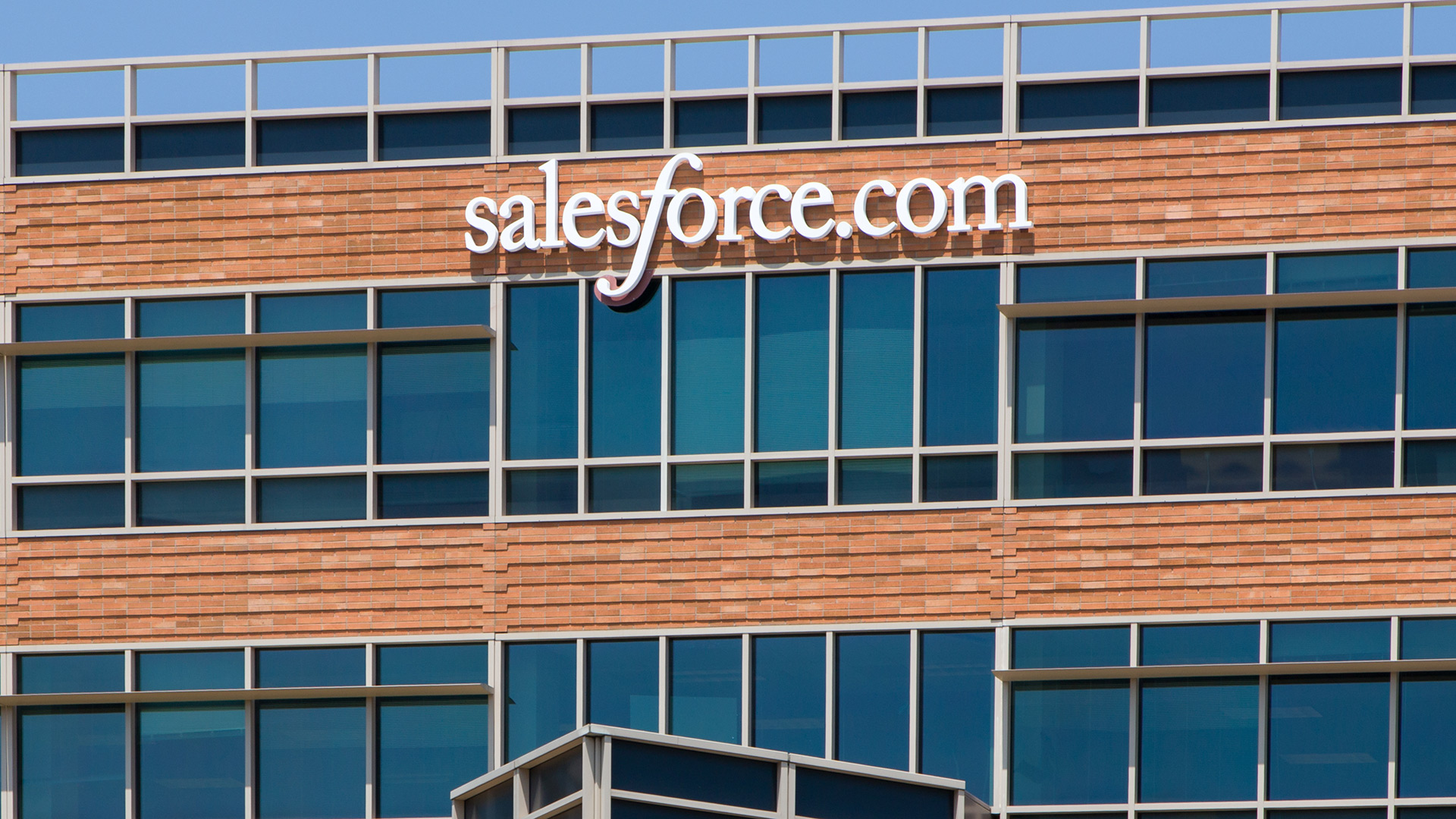SAN FRANCISCO.- The empire is preparing to strike back – again.
Microsoft this week will make available free software that connects its Windows operating system to software delivered through the Internet, Brian Hall, a Microsoft executive said.
The strategy is a major departure for a giant software firm that sells packaged software that runs on the personal computer. Microsoft designed the strategy to help shield its hundreds of millions of software customers from competitors, from Salesforce.com to Google, who already offer software applications over the Internet.
Microsoft’s new Windows Live software includes an electronic mail program, a photo-sharing application and a writing tool that is designed for people who keep Web logs.
The new service is an indication that Microsoft plans to compete head-on against its rival, Google, and others, and not just in the search-engine business where it is at a significant disadvantage. Instead, industry executives and analysts said, Microsoft would try to outmaneuver its challengers by becoming the dominant digital curator of all of a user’s information, whether it is stored on a PC, a mobile device or on the Internet.
Millions of PC users already rely on Web applications that either provide a service or store data. For instance, Yahoo and Google have popular e-mail programs and photo-sharing sites that are accessible through a Web browser. The photos or the e-mail are stored on those companies’ servers, a system that the computer industry calls cloud computing. The data are accessible from any PC anywhere.
Hundreds of companies in Silicon Valley are offering every imaginable service ranging from writing tools to elaborate dating and networking systems, all of which require only a Web browser and each potentially undermining Microsoft’s desktop monopoly. Google, the most visible example, took cloud computing a step further last October and directly challenged Microsoft by offering a suite of free word-processing and spreadsheet software over a browser.
«To the extent that the industry is moving toward an on-demand business model, it poses a threat to Microsoft,» said Kenneth Wasch, president of the Software and Information Industry Association and a longtime Microsoft adversary.
Microsoft is a late entrant into a set of businesses that are largely defined as Web 2.0, but the company is counting on its ability to leverage its vast installed base of more than one billion Windows-based personal computers. It plans to give away some of its services, like photo-sharing and disk storage, while charging for others like its computer security service and a series of business-oriented services targeted at small and midsize organizations.
«I think Microsoft is going beyond search to a more sophisticated set of services,» said Shane Robison, chief strategy and technology officer at Hewlett-Packard. «It will be a race and who knows who will get there first?»
Hall, general manager for Microsoft’s Windows Live services said the company was «taking the communications and sharing components and creating a set of services that become what we believe is the one suite of services and applications for personal and community use across the PC, the Web and the phone.» He said the software to be released this week would be the first full release of Windows Live that is intended to produce a «relatively seamless» experience between the different services and applications.
Windows Live services also underscore Microsoft’s desire to become the manager for a user’s data wherever they are located. Although they will not be included in the initial test release, the company’s recently announced SkyDrive online data storage service that currently gives test users 500 megabytes of free Internet storage and its FolderShare service that makes it possible to synchronize between multiple computers – including Apple’s Macintosh – transparently are being folded into Windows Live.
«When you think storage, think Windows Live,» Bill Gates, the Microsoft chairman, said this summer. Microsoft is moving to create an experience that will divorce a user’s information from the particular device they are working with at any moment, he said.
Microsoft’s new approach is in many ways a mirror image of the strategy used during the 1990s in defeating Netscape Communications when that start-up threatened Microsoft’s desktop dominance.
Microsoft attempted to tie the Internet to Windows by bundling its Internet Explorer Web browser as an integral part of its desktop operating system. The company lost an antitrust lawsuit in 2000 brought by the U.S. Justice Department in response to this bundling strategy.
Today that strategy has been flipped with the growing array of Web services that are connected to Windows. But the new approach, which Microsoft refers to as «software plus services» is once again beginning to draw complaints of unfair competition from competitors.
Microsoft has been participating in various international organizations that are creating a wide range of standards designed to permit businesses and consumers to take advantage of Web services ranging from those aimed at consumers, like blog-editing and photo-sharing applications, to automated business processes like Web-based customer relationship management systems for sales people and automatic ordering and logistics applications.
Last week, for example, Microsoft executives were put on the defensive after the company’s efforts to gain international adoption for a Microsoft-designed document format, known as Open Office XML, led to accusations of vote-buying in an international standards vote in Sweden.
After the accusations received international publicity, the Swedish Standards Institute, known as SIS, reversed its position and decided to abstain on the issue and a Microsoft executive apologized publicly for the company’s gaffe.
On Wednesday, Jason Matusow, Microsoft’s senior director for intellectual property and interoperability, wrote on his Web site: «I understand the concern raised by this error in judgment by an MS employee. The only thing I can say is that the right things were done as the issue was identified. The process and vote at SIS were not affected.»
Fuente: International Herald Tribune















